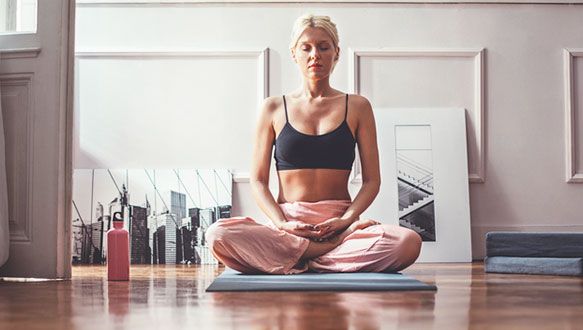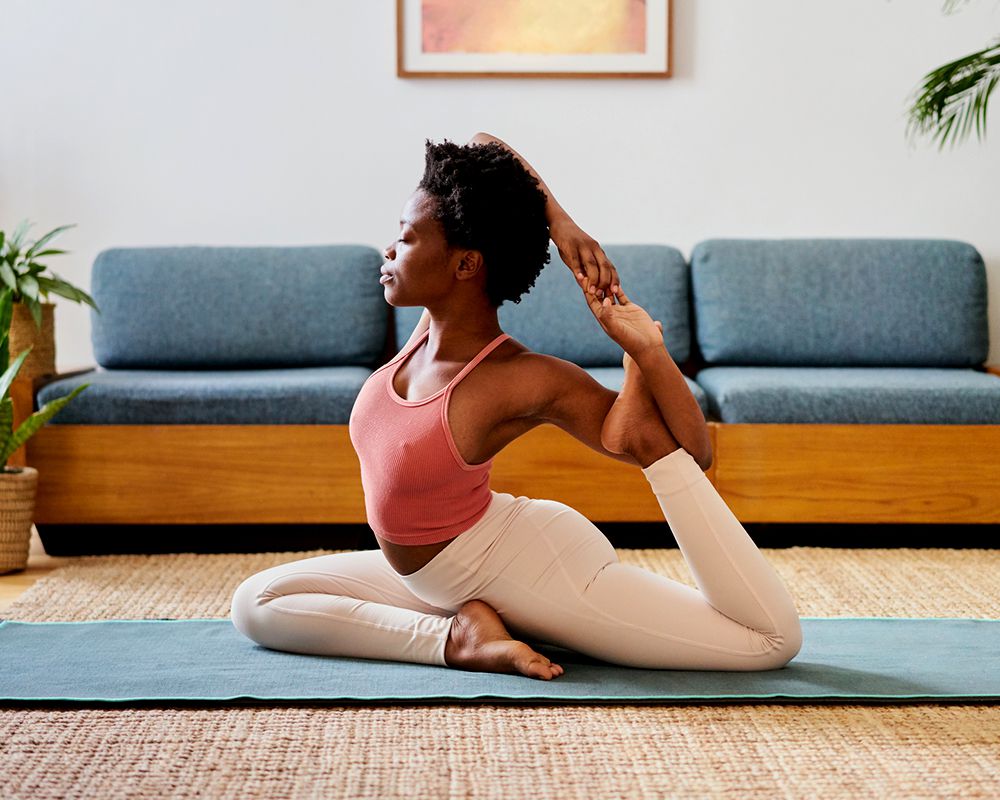7 Best Practices For Mindfulness
By Mary Ann
3 March 2023
Mindfulness has become increasingly popular in recent years as a way to reduce stress, increase focus, and improve overall well-being. It involves being fully present and aware of your thoughts, feelings, and surroundings in a non-judgmental way. While mindfulness can be practiced in many different ways, there are some best practices that can help you get the most out of your mindfulness practice. In this blog post, we will explore some of these best practices for mindfulness.

Set Aside Time For Mindfulness

One of the best ways to ensure that you are practicing mindfulness regularly is to set aside time for it each day. This could be as little as 5-10 minutes or as long as an hour, depending on your schedule and preferences. During this time, make an effort to focus your attention on your breath, your body, or your surroundings. You can also use guided meditations or mindfulness exercises to help you stay focused and present.
Find A Quiet, Comfortable Space
It can be difficult to practice mindfulness in a noisy or distracting environment. Try to find a quiet, comfortable space where you can sit or lie down without being disturbed. This could be a corner of your bedroom, a quiet park, or a dedicated meditation space in your home. Make sure that you are comfortable and that your posture is relaxed but upright, with your feet planted firmly on the ground.
Use Your Breath As An Anchor

The breath is a powerful tool for mindfulness because it is always present and can be used as an anchor to bring your attention back to the present moment. Try to focus on the sensation of your breath moving in and out of your body, without trying to change or control it. If your mind wanders, gently bring your attention back to your breath.
Practice Non-judgmental Awareness
Mindfulness is not about trying to control or suppress your thoughts and feelings. Instead, it is about cultivating a non-judgmental awareness of them. Notice when your mind wanders or when you feel uncomfortable or distracted, but try not to judge yourself or get caught up in these thoughts and feelings. Instead, simply acknowledge them and return your attention to the present moment.
Incorporate Mindfulness Into Your Daily Routine

While setting aside dedicated time for mindfulness is important, it can also be helpful to incorporate mindfulness into your daily routine. This could mean taking a few deep breaths before a meeting, practicing mindful eating during meals, or taking a few minutes to simply be present before going to bed at night. By incorporating mindfulness into your daily routine, you can develop a greater sense of presence and awareness throughout your day.
Be Patient And Persistent
Like any new skill, mindfulness takes time and practice to develop. Don't expect to become an expert overnight, and don't get discouraged if you find it difficult or frustrating at first. Instead, be patient and persistent, and keep practicing regularly. With time, you will begin to notice the benefits of mindfulness in your daily life.
Seek Support From Others

Practicing mindfulness can be challenging, especially if you are dealing with stress, anxiety, or other mental health issues. Don't hesitate to seek support from others, whether that means attending a mindfulness class, joining a support group, or working with a therapist. Having a community of support can help you stay motivated and focused on your mindfulness practice.
In conclusion, mindfulness can be a powerful tool for reducing stress, increasing focus, and improving overall well-being. By following these best practices for mindfulness, you can develop a stronger mindfulness practice and reap the benefits in your daily life. Remember to be patient, persistent, and non-judgmental as you develop your practice, and don't hesitate to seek support from others if you need it.
You Might Also Want To Read This
Popular Posts








